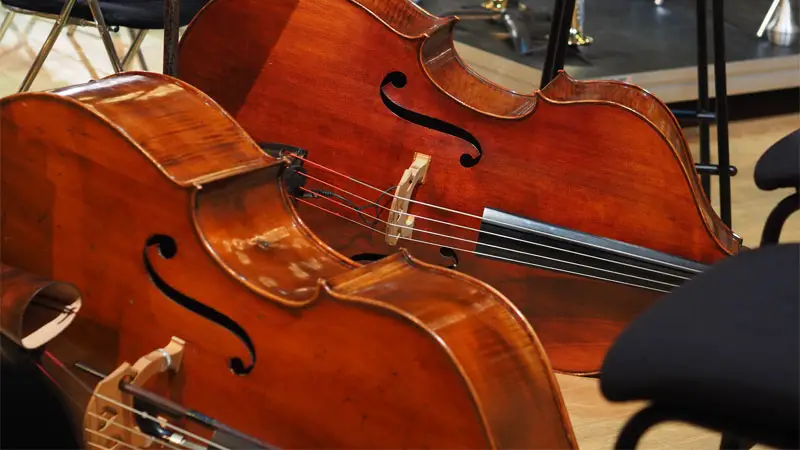We’ve taken a look at a lot of different musical instruments that have a surprising number of variations, such as bagpipes, bells, flutes, and trombones. These have been around for hundreds or even thousands of years and can have vastly different designs. But what about a musical instrument that is so perfect for its role that it has barely changed since the very first one was made?
The cello is a perfect example of this degree of perfection. In fact very little has changed with this instrument since it first appeared in the early 1500s. This is partially due to the fact that it’s part of the violin family and thus is designed to play a specific range. But it’s also partly due to the quality of its original design, which can make it hard to improve upon.
But wait, you’re probably asking. How can you discuss different types if there’s only one cello design? In the world of musical instruments, the design isn’t the only thing that matters.
The materials, accessories, and other factors can all create huge differences in the way two instruments sound. So without further ado, here are 13 different types of cello.
See Also: 13 Different Types of Harps
Types of Cellos
1. Acoustic Cello
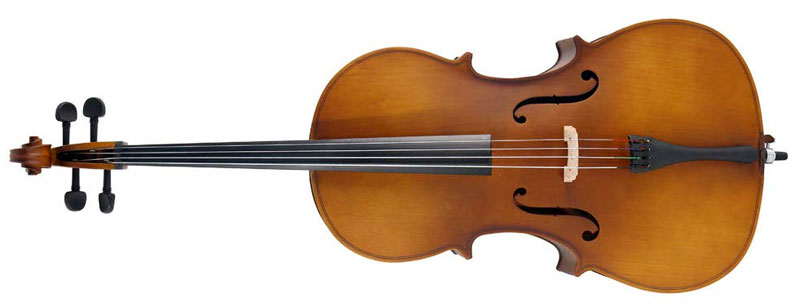
This is the most common type of cello you’ll find. What makes this type stand out is that it requires no power source to play. They’re usually made of wood and can be found in most orchestras, as well as some string quartets and other performances.
Most classical music for cello had acoustic instruments in mind, although they can also be played using an electric cello.
2. Basswood Cello
Basswood is a popular choice for cello construction. A basswood cello will have a warmer tone. The wood itself is lighter in color and shows almost no woodgrain.
3. Carbon Fiber Cello
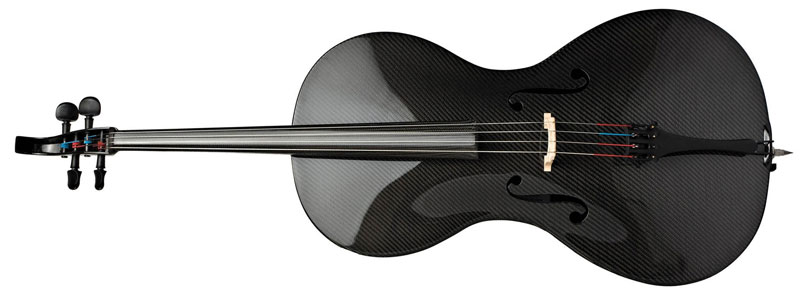
This is a recent addition to the list of materials used for cellos. Unlike wood, carbon fiber is lightweight and extremely durable. Because of this, a carbon fiber cello lacks the distinctive cornices that are found on many violin family members, including traditional cellos.
The cornice is that indentation on either side of the cello’s body which provides additional support for the instrument. In addition to this rather unique appearance, carbon fiber cellos produce a richer, fuller sound than other that of more traditional materials. As a result, they are becoming increasingly popular.
4. Ebony Cello
Perhaps some of the most beautiful cellos, the ebony cello is generally black but may have some color variations within the wood as well. Ebony is famous for its smooth, fine texture, which is often amplified by polished finish.
But ebony is more than just attractive, it’s also functional. The wood has a strong durability which makes it a great choice for an otherwise semi-delicate musical instrument.
5. Electric Cello

Plugging instruments into a power source is nothing new, and the advent of the electric guitar was so successful that many other stringed instruments began to follow suit. This includes many members of the violin family.
An electric cello produces a somewhat fuller sound and is amplified, making it easier to pick out in an orchestra.
The downside to these instruments is that they can be more difficult to learn on despite having the exact same technique as an acoustic cello. As a result, it’s generally considered best to learn on an acoustic model before switching to electric.
6. Full-Size Cello
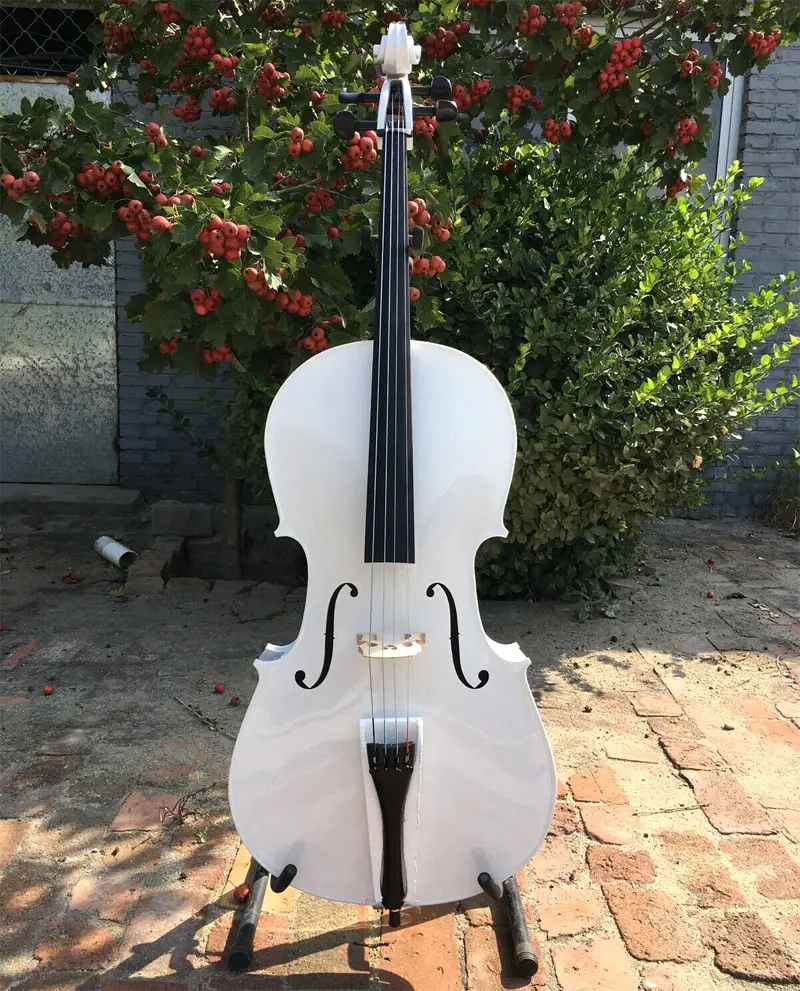
This is the gold standard of cellos, having four strings in C, G, D, and A. They range in height from 2.5 feet to 4 feet in height and are often referred to as the 4/4 cello.
The body usually has one lateral for the back and sides, with another material for the rest of the body. Most are lacquered, although there are ones that are uncoated.
See Also: 11 Types of Tubas
7. Laminated Cello
Laminated cellos are cheaper than lacquered ones. The plastic coating makes them stronger than lacquered and unlacquered models. For this reason, they’re often used when teaching children how to play the instrument.
8. Lacquered Cello
A cello with a lacquer finish has several benefits, although they’re mostly aesthetic. The choice of lacquer will affect how glossy the cello is and can also be used to tint the wood. It also adds some waterproofing and helps to protect the wood from minor damage.
9. Maple Cello
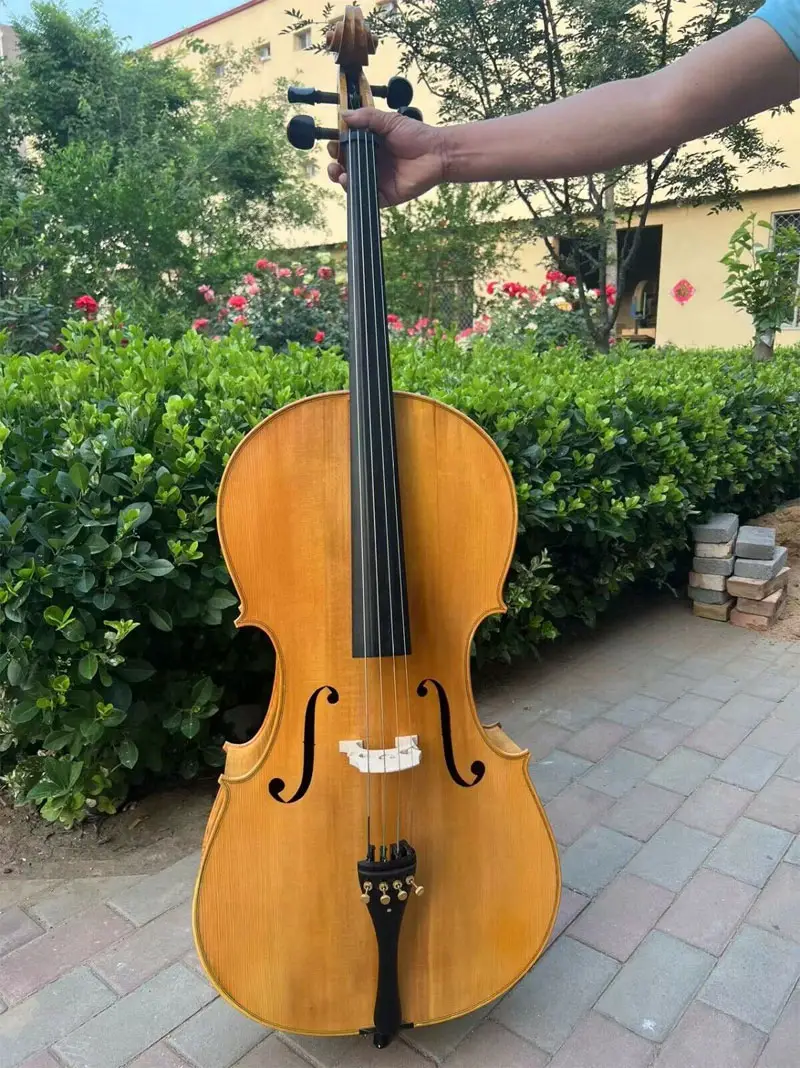
Maple is most commonly used for the back and sides of a cello. The color of the wood can range from off-white to reddish brown, and the woodgrain features a curly or quilted pattern.
Add to that a fine, even texture and you end up with an instrument of incredible beauty.
10. Poplar Cello
For those that like a somewhat more honey-colored wood, poplar is a great choice. The wood usually comes in hues ranging from light cream to yellowish-brown, although there are some cellos made of rainbow poplar wood, which has multiple bright or dark shades.
Poplar may also feature grey or green streaking. The wood has a natural finish which gives it a faint shine. It also has a straight, even wood grain and medium texture.
11. Small Scale Cello
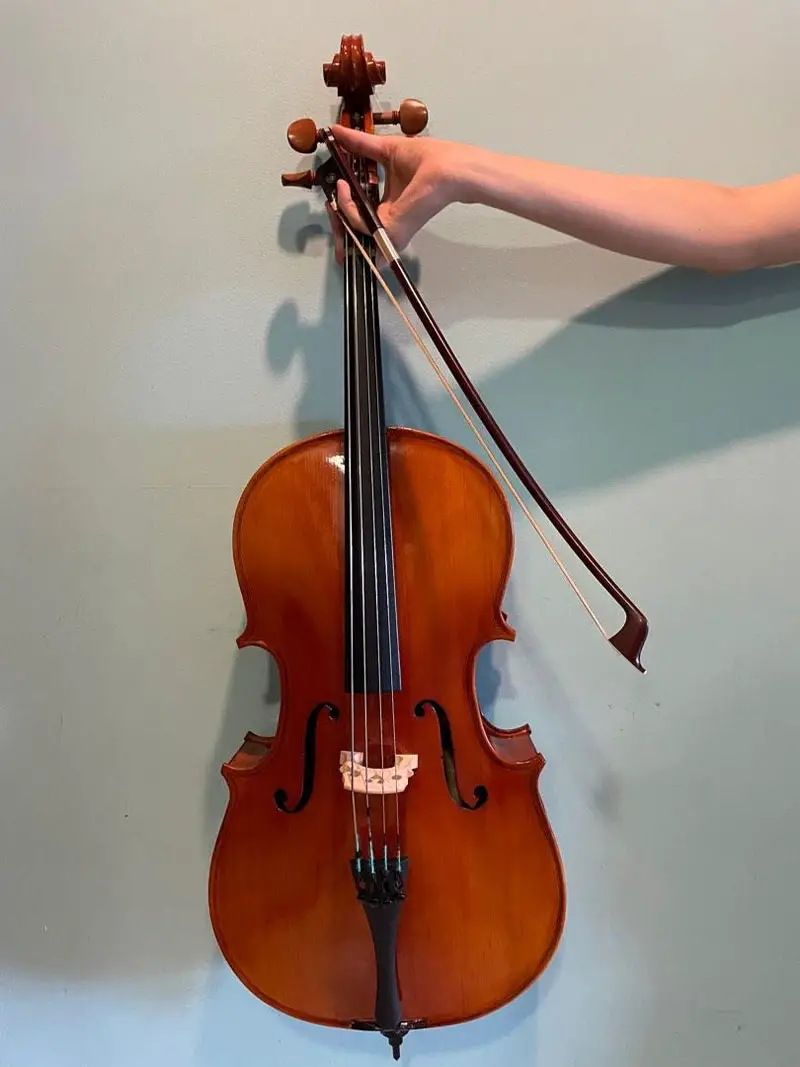
This isn’t one specific type of cello, but rather an entire category consisting of smaller sizes than the 4/4. These mini cells are scaled down to accommodate smaller players and are often used to teach children.
They come in 1/10, 1/8, 1/4, 1/2, 3/4, and 7/8 sizes. Oddly enough , the smaller size doesn’t affect the sound, which is what one would normally expect from a musical instrument.
12. Spruce Cello
While this type of wood often appears on cellos, it can also be used for the entire body. It’s a softwood that has a surprisingly good strength to weight ratio.
You can get it in a wide range of colors and hues, but the most popular varieties of spruce are black spruce and Norway spruce.
13. Willow Cello
Willow is an interesting material, which won’t have a huge effect on the sound of your cello. It’s a hardwood that behaves like a softwood due to a higher moisture content.
While not as popular as some of the other wood options, a cello made from willow wood is no less attractive. However, the wood is more often used as an alternative to maple for back and side construction.

